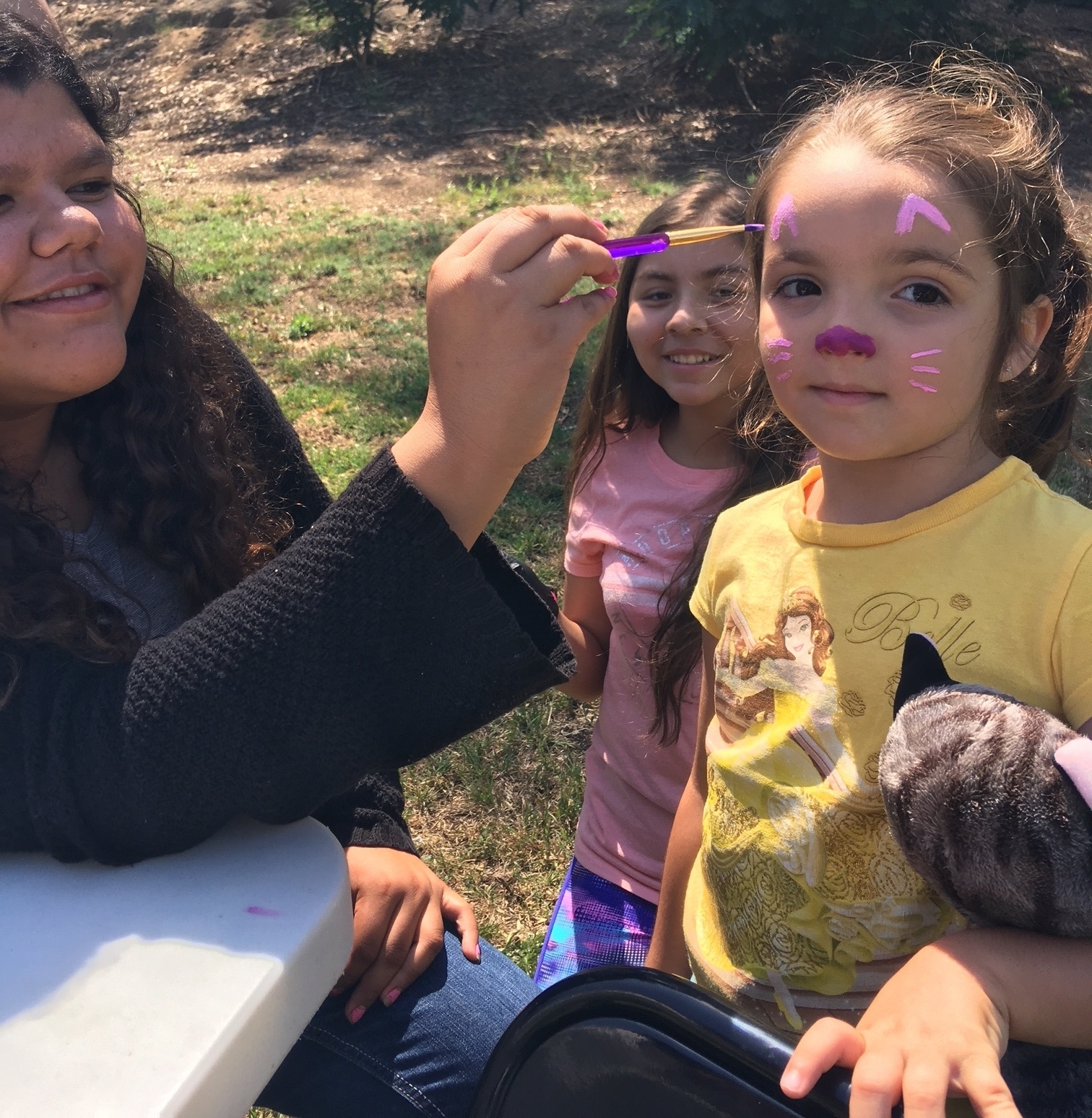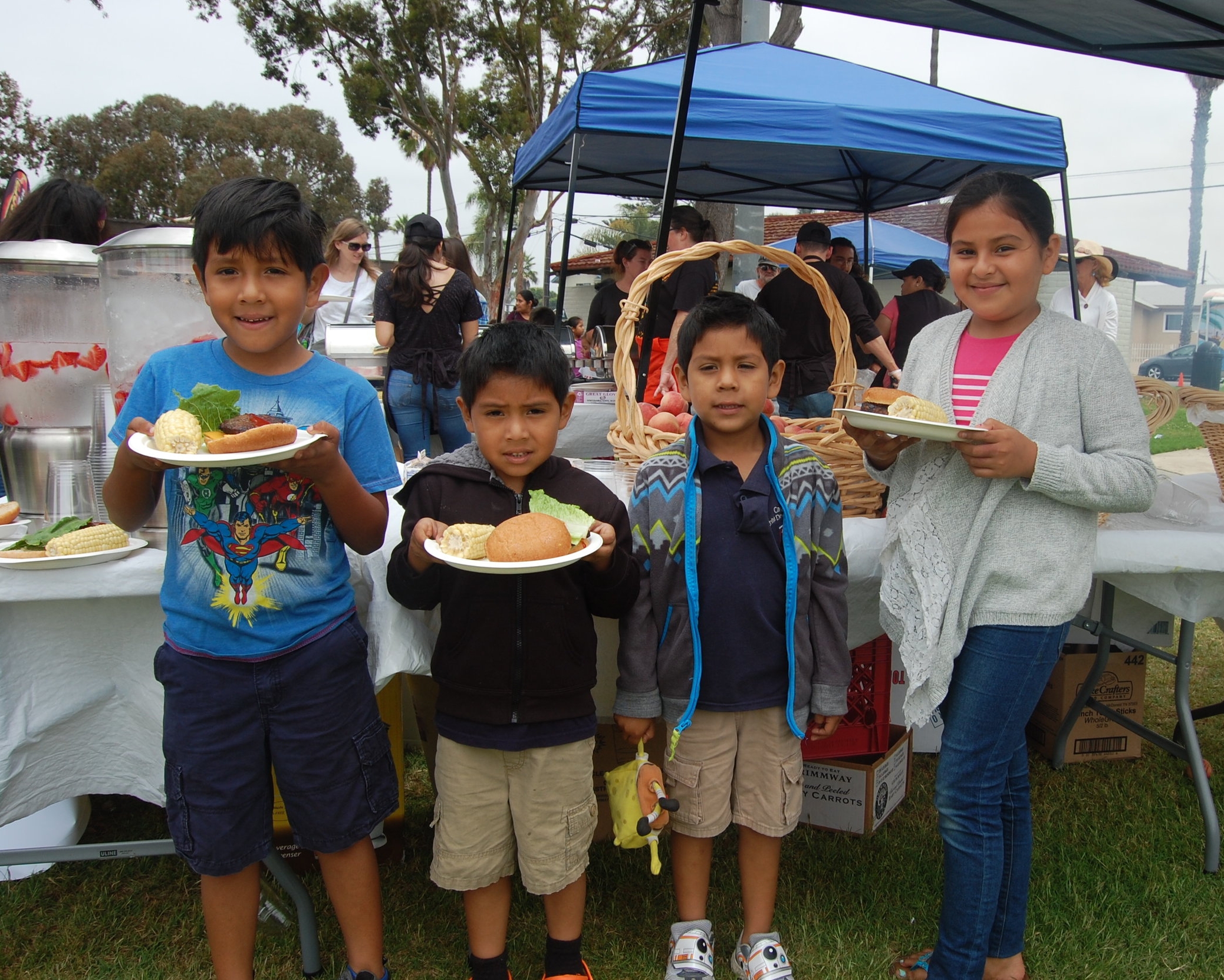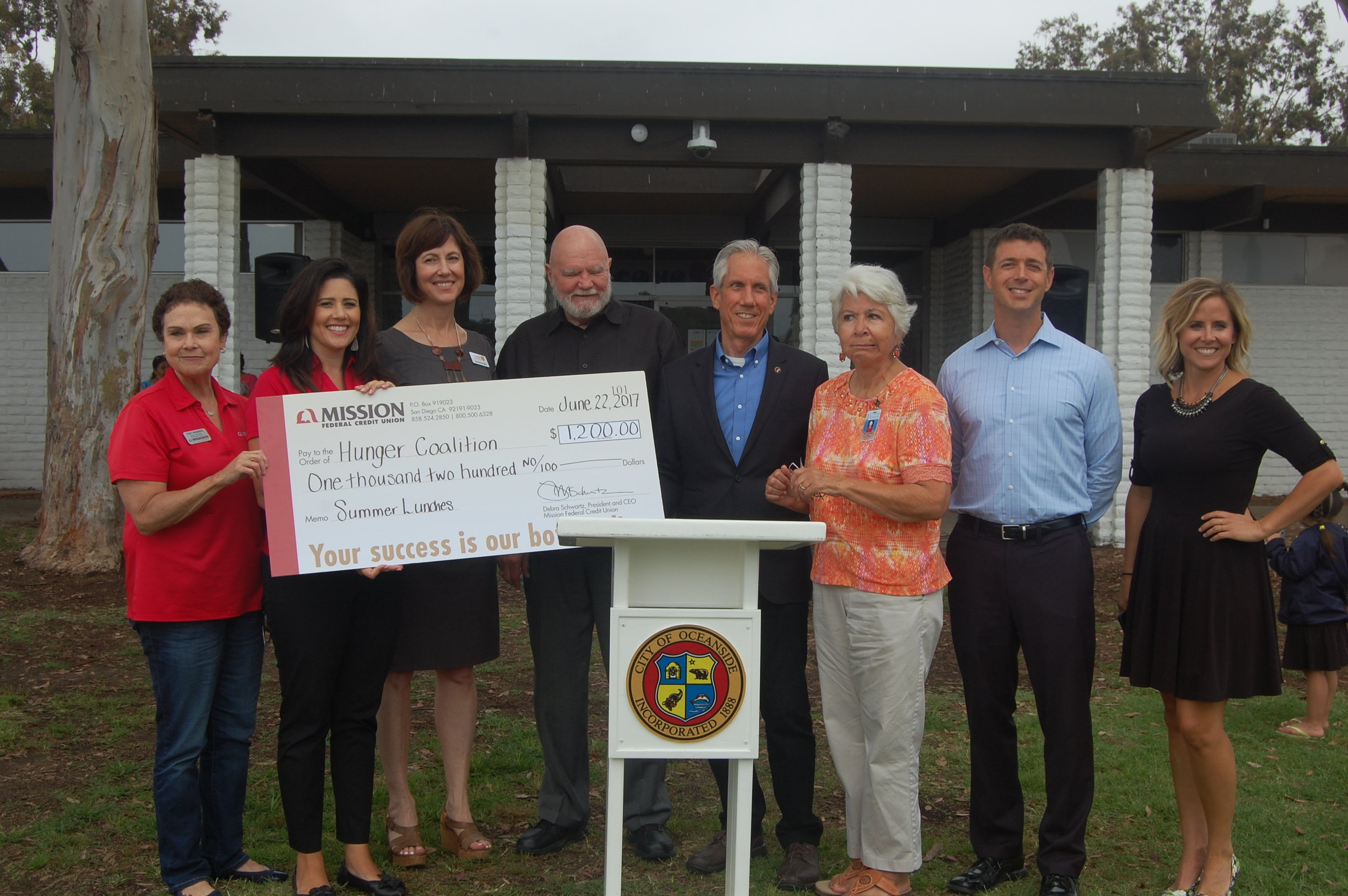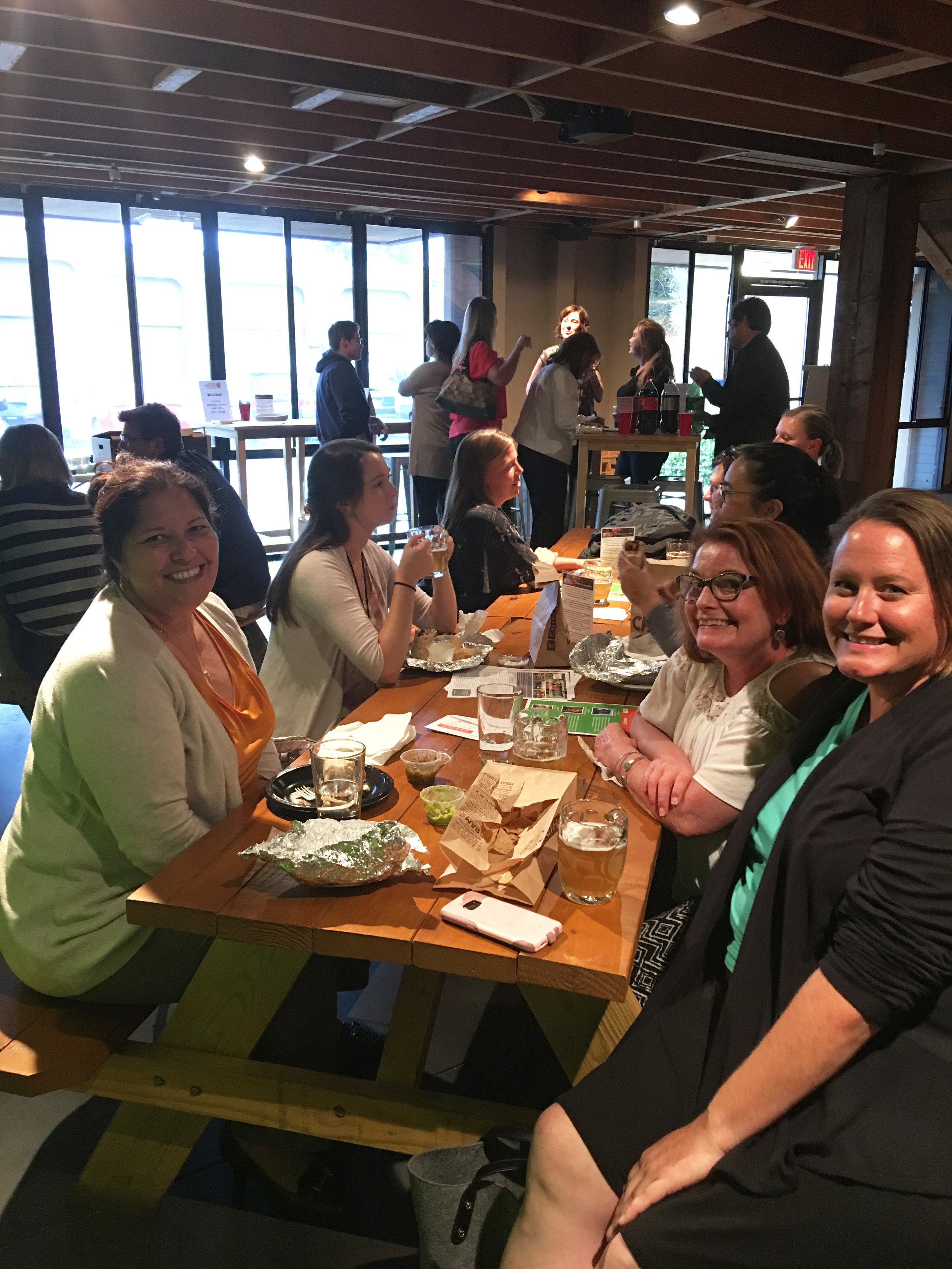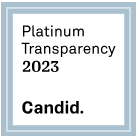September is Hunger Awareness Month - Ways to Support the San Diego Hunger Coalition
/Nearly 1 in 6 people in San Diego County don't always have enough to eat. September is Hunger Awareness Month. Together with our partners, we are spreading the word and raising money to fight hunger in our community. Listed below are events where you can support the San Diego Hunger Coalition's work and get more involved.
San Diego Hunger Coalition's Hunger Free Fest
Saturday, September 23
2 - 5 PM
SMARTS Farm (1326 Broadway, San Diego, CA 92101)
Tickets: $40 in advance / $50 at the door
BUY TICKETS HERE
This family-friendly event will offer delicious hors d'oeuvres created by renowned local chefs, refreshments, live music, a children's gardening activity by SMARTS Farm, and the opportunity to win fabulous raffle and silent auction items. Your ticket purchase includes entertainment, hors d'oeuvres and your first drink. All proceeds will go to support the San Diego Hunger Coalition's work to connect eligible people in need to food assistance programs. Join us to have fun for a good cause!
Work out to fight hunger at Ashley Lane Fitness
Sculpt Class (60 minutes) - $20/per person
Followed by refreshments and a raffle!
Saturday, September 16, 12 - 1:30 PM
1450 University Ave. #201 & 202, San Diego, CA 92103
REGISTER HERE (CLASS LISTED UNDER SEPTEMBER 16)
This class will guide you through a workout with dumbbells, kettlebells, resistance bands, and bosu balls. Ashley Lane Fitness guarantees that each class will be unique and fun! All proceeds from this class will go to support the San Diego Hunger Coalition.
Hunger Advocacy Network Legislative Briefing on Hunger & Healthcare
Tuesday, September 19, 9 - 11 AM
City Heights Center (Price Charities Building)
4305 University Ave., Meeting Room 640 (6th floor), San Diego, CA 92105
RSVP for this free event by emailing Diane@sdhunger.org.
Join the Hunger Advocacy Network for a panel discussion on the intersection of healthcare and hunger. Hear from medical professionals and anti-hunger advocates as they brief San Diego County's state representatives on why strengthening food security is important and what they can do to help.
Eat out to fight hunger at Panera Bread & Chipotle
Panera Bread - Point Loma (Liberty Station)
Thursday, September 21, 4 - 8 PM
2445 Truxtun Rd., San Diego, CA 92106
Panera will donate a percentage of the proceeds from your order to the San Diego Hunger Coalition when you present our fundraising flier.
CLICK HERE TO DOWNLOAD THE FLIER
Chipotle - Mission Valley (Westfield Shopping Center)
Thursday, September 28, 4-8 PM
1025 Camino De La Reina, Suite 2, San Diego, CA 92108
Chipotle will donate a 50% of the proceeds from your order to the San Diego Hunger Coalition when our fundraising flier is presented.
CLICK HERE TO DOWNLOAD THE FLIER












